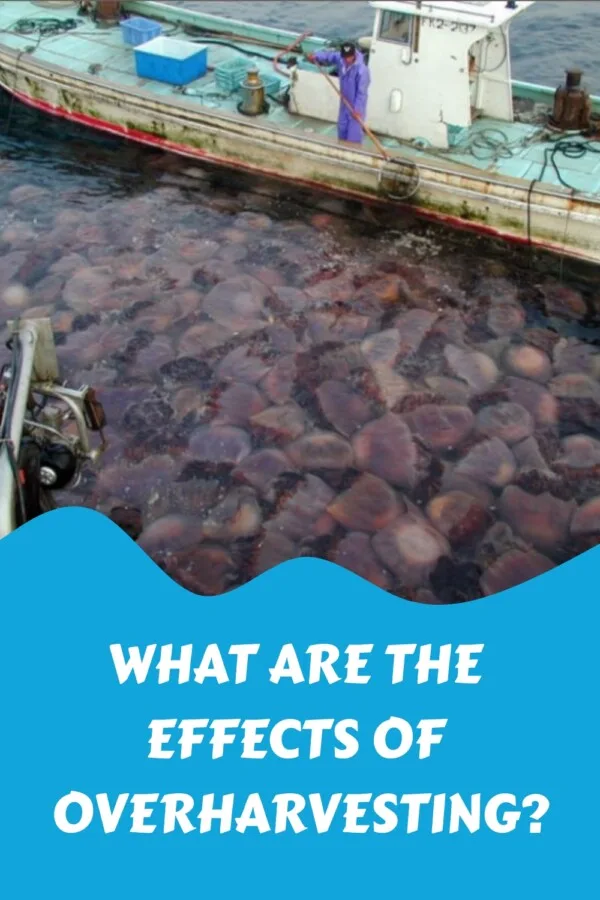Some species have been overharvested to the point where there aren’t many animals left, and others have been hunted to the point where they no longer exist. This is called the “overharvesting or overexploitation definition of biology meaning.
In short, it uses so many natural resources that they can’t be used in a good way for the environment. Whales and fisheries are the best-known examples of overexploitation. Still, it can also happen to trees and other plants, especially those whose wood is valued for its medicinal or structural properties.
What is Overexploitation? How Does Overexploiting Effects Biodiversity?
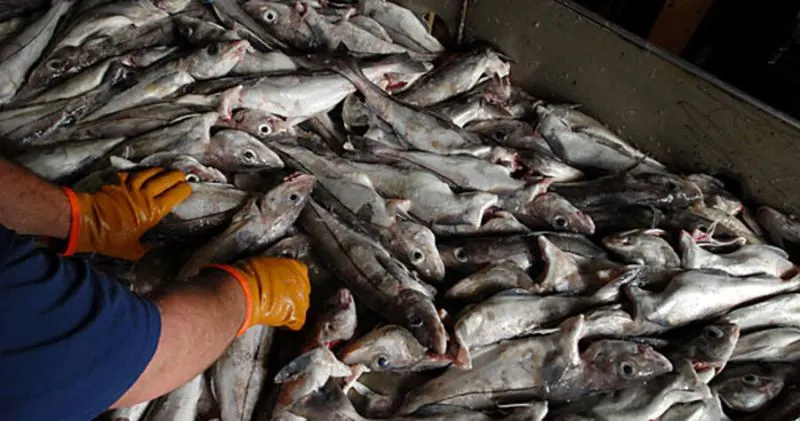
Every living thing, plant, and piece of land on our planet contributes to the health and well-being of the planet as a whole. Because of this, human waste, production, and consumption can have big negative effects on certain ecosystems and biospheres.
The problem of overfishing is one of the significant concerns right now. The term “ocean exploitation of fish” refers to taking too many fish from the ocean to the point where fish stocks can’t come back and fish are becoming endangered species. Because the oceans cover more than 70% of the Earth’s surface, sea life and the marine environment’s overall health are essential to the survival of life on land and in other parts of the planet. But too much fishing is terrible for the future of both sea animals and animals that live on land.
Fish is an essential food source for billions of people, and for many, fishing is their primary source of income. More and more things are happening because of overfishing, and many fish stocks have dropped to levels that are not acceptable because they are not managed sustainably. Taking too many fish may seem like a great way to make money, but it hurts ecosystems and upsets the natural balance of life in the oceans.
One of the five main things that threaten the world’s biodiversity is overharvesting. If it keeps happening, there won’t be enough of the natural resource. The other four are pollution, bringing in new species, breaking up habitats, and destroying habitats.
Human populations harvested resources to keep on living. If these food resources are overused for a long time, their natural levels may drop so low that they won’t be able to recover quickly. People have always had to gather food and other things to stay alive. But there weren’t as many people in the past, so small amounts were the only way to collect. The growth of the human population, the growth of markets, the rise in consumer demand, and better ways to get to and catch aquatic species all contribute to the fact that many species are being hunted more than they can handle.
See Related: Best Books on Endangered Species
The Tragedy of the Commons
Overexploitation of resources of many different species, especially aquatic ones, is a significant risk. Common resources, or shared resources, like fisheries, can be affected by an economic force called “the tragedy of the commons.” This happens when no harvester has a reason to be careful about how much they take from a particular area because they don’t own it. Fisheries are an example of a common resource. Overusing shared resources is an inevitable result of taking them out of the ground.
For instance, most fisheries are managed as a shared resource even when the fishing territory lies within a country’s territorial waters. Because of this, anglers have little reason to limit how many fish they can catch, and technology makes it easy for them to do so. There are some fisheries where the rate at which the resource grows biologically is slower than the rate at which profits from fishing could grow if the time and money spent fishing were invested elsewhere. When this happens, like with whales, economic forces will always push in the direction of fishing the population until it dies out.
Whaling
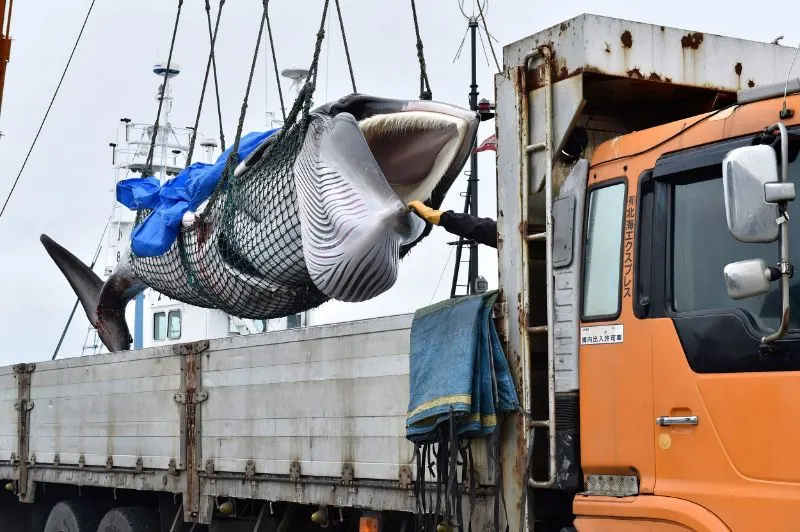
Some examples of overharvesting are Whaling. Still, it’s also interesting because it shows how poorly biodiversity has been kept, even in places essential for the economy. Most likely, the whales that the first whalers hunted were close to shore. Right whales were the “right” animals to hunt because they are big, move slowly, feed near the surface and often near shore, float to the top when caught with a harpoon, and were worth a lot of money for their oil and baleen.
For example, the southern right whale, also called Eubalaena australis, can often be seen in South Africa and other places with shallow bays that are safe from the open ocean. Because of this, many raw materials would look like a very appealing target. By 1800, whalers were almost done with the northern right whale (Eubalaena glacialis) and bowhead whale (Greenland right whale; Balaena mysticetus) populations in the North Atlantic.
They managed to kill every grey whale in the Atlantic Ocean. After that, whalers tried to kill whales that were harder to kill, like the sperm whale and the humpback whale (Megaptera novaeangliae) (Physeter macrocephalus).
See Related: Spoon-billed Sandpiper
The Results of Overharvesting
As we just discussed, two essential things that hurt biodiversity are overusing animals and hunting. When resources are used too quickly because of overuse, whole populations or species die out. The leaves of the footstool palm have shrunk because they have been picked too much. The footstool palm is a wild palm tree that grows in Southeast Asia. Its leaves are used to cover roofs and wrap food. This is a direct result of the fact that these resources have been used in large quantities.
Overexploitation of fish puts it in danger and can directly affect it by reducing biodiversity, which is needed to make medicinal resources. Most drugs and medical treatments are made of natural compounds that come directly or indirectly from biological sources. But if harvesting is not regulated or done wrong, the effects of overharvesting could lead to damage to ecosystems and the loss of biodiversity. It can also hurt people who live in the communities and states where the resources come from.
See Related: Most Rare Flowers from Around the World
Reasons Behind Overexploitation of Animals or Habitat Destruction
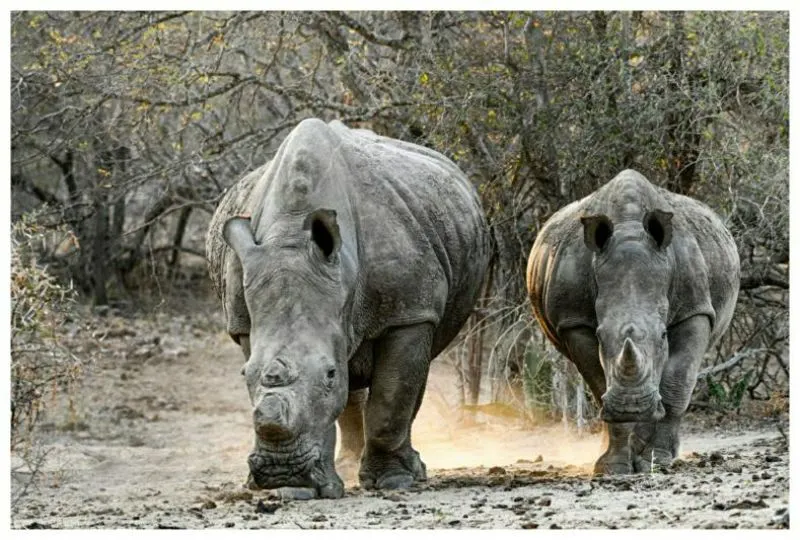
The following are some of the factors that contribute to overharvesting natural resources:
- Running fishing zones is tricky because there aren’t enough resources, and keeping track of what’s happening is hard.
- Most places in the world have no control over their fishing industries. It means fishing fleets’ methods and actions are either not checked.
- Fishing boats can stay away from places with laws because there are few or no rules about how to fish in international waters. This means that there will be more fish to catch.
- People don’t know much about fish populations and rules in any part of the world.
- Problems with customs and importing fish because the origin of the fish isn’t checked. This causes sneaky things, like giving the same kind of fish a different name.
- It’s hard to keep track of fishing that isn’t reported.
- People think there are twice as many fishing fleets as needed because many countries give subsidies to fishers, which keeps the number of anglers higher than it should be.
- Only about 1.5% of the oceans have been set aside as protected areas, and most of these areas are still open to fishing. This means that most fishing spots aren’t protected. There could be some damage or loss of resources.
See Related: Types of Bears From Around The World
Wildlife That Is in Danger
Aquatic Fish and Other Animals
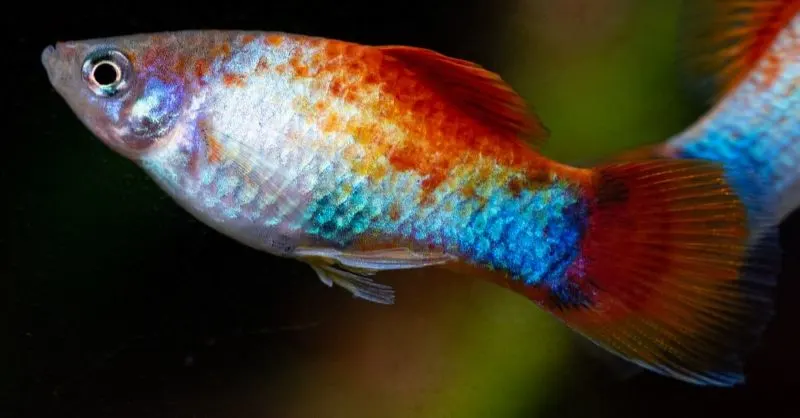
As fishing gear and boats have improved, the fishing business has become better at catching fish and shellfish. Due to the modernization of the fishing industry and the rising demand for seafood worldwide, people take more fish from seas, lakes, and streams. Some popular fish, like swordfish, cod, and tuna, have dropped a lot. Because of too much fishing, the number of whitefish, walleye, and sturgeon in the Great Lakes has decreased. Water quality and aquatic fish are caught for food, but they are also used in aquaculture and recreational fishing.
See Related: Are Fish Endangered? What You Need to Know
Amphibians
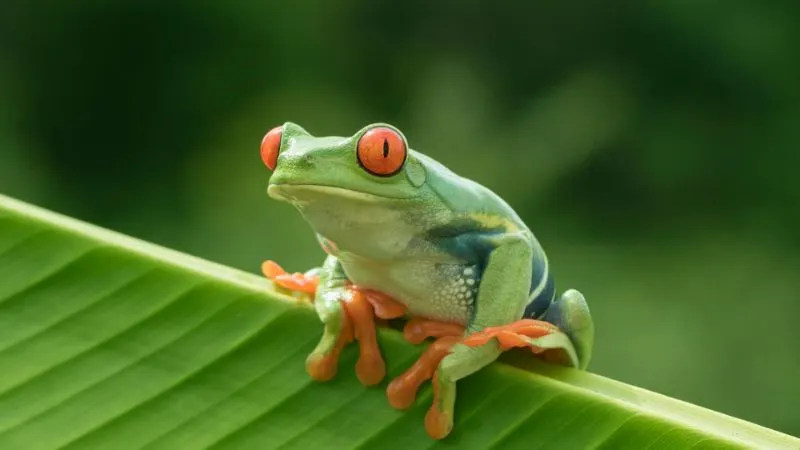
Members of the class of amphibians are gathered and shipped all over the world for use in food, medicine, education (frog dissection is standard in biology classes), scientific research, and the pet trade (frog legs are a delicacy in many parts of the world). During the Gold Rush in the San Francisco area, too many people fished for the California red-legged frog, which caused its population to drop significantly.
Reptiles
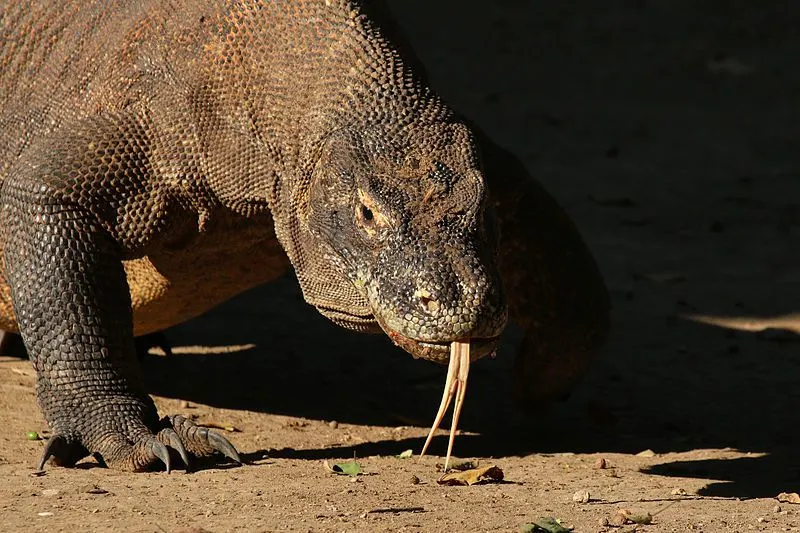
Reptiles are caught and sold worldwide for their fur or skin, eggs, meat, and pet trade. The Kemp’s ridley sea turtle is still endangered because its eggs were overfished, almost killing it off. Box tortoises are being taken from the US at an alarming rate to be sold as pets in other countries. Crocodile, python, and monitor lizard skins are some of the most sought-after skins for making exotic leathers.
Invertebrates
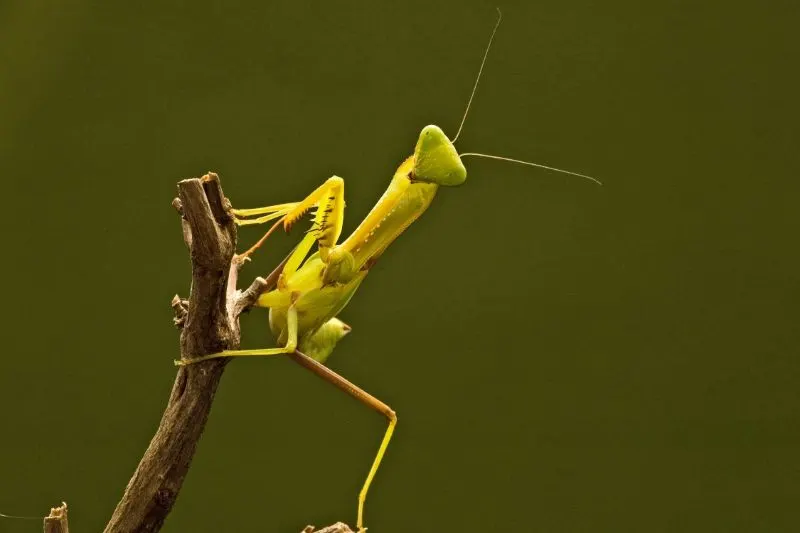
At least 75% of all known animal species are invertebrates. Insects, oysters, octopi, crayfish, sea urchins, spiders, crabs, and corals are part of this creature class. Today, many invertebrates, especially marine invertebrates, are in danger because there are too many fish. Once very important to the local economy, oyster farming in the Chesapeake Bay is declining. Horseshoe crabs are used as bait when fishing for eels and whelks because their eggs feed birds, fish, and other animals on the move. Octopus populations are going down worldwide because fishing is so popular. People gather coral and shells to make jewelry and other things.
Plants

Most of the environments on Earth’s surface can’t survive without plants. People gather plants for food, medicine, building materials, and raw materials to make other things. But we are cutting down too much of the wild plants. Some plants, like orchids, are so highly valued by plant lovers that they are in danger of extinction. Also, plants, like American ginseng, have been overharvested, which is now challenging to find in the wild. Trees like mahogany, known for their wood, are in danger because they have been cut down too much.
What Happens When People Do Overharvesting?
According to the most recent research, over 85 percent of the world’s fish resources have been damaged by overfishing. Living organisms require resources but most fisheries have been fished past the point where they could be called sustainable. Even though this may have long-term effects on what people can eat, overharvesting has several other effects, such as:
1. Getting Rid of Vitally Important Predators
Overfishing hurts lower on the food chain of marine organisms when sharks and tuna are taken out of the ecosystems where they live. This is a big problem, especially for sharks and tuna. Populations have the potential to grow, which could be harmful because of the role that larger organisms play in ocean ecosystems, from what they eat to how their bodies break down.
2. Poor Health of Coral Reefs
Coral reefs and other parts of the ocean’s ecosystem are affected more when there are more small marine organisms. When reefs get damaged, it’s hard, if not impossible, to fix the damage. Reefs are essential for life in the ocean.
3. How Algae Grow and Spread
Algae can hurt fish, reefs, and other marine life if they are left to grow without being stopped. This can lead to a lot of damage. Algae, on the other hand, are essential for the health and growth of marine life when they are present in the right amounts.
4. Caught Fish That Were Not the Goal
Another problem with fishing too much is that because the industry is so big, many marine organisms are caught but not used for food. This could mean that fishing fleets can affect many animals, from dolphins to sea turtles.
5. The Threat to Food Supplies in the Region
There are places all over the world where fishing is the primary food source for the people who live there. Because so many fish too much, these communities, which are often in countries still building their economies, are in danger. Because they can’t catch the animals they need to eat; their population is in danger.
6. Financial Losses
Many populations, which get most of their food from fish, also depend on fishing practices that don’t make as much money. Since they are much smaller than those that do a lot of fishing, they often cause much less damage to the marine life in the area than others. On the other hand, if these communities can’t get food or the money they get, they will have problems in the future.
7. A Complete Change in the Ecological Balance of the Marine Systems
As has already been said, too much fishing destroys marine ecosystems. There is a chance that things will get so bad that the fish won’t be able to stay alive for much longer.
Also, a certain kind of fish caught without following the rules throws off the water’s food chain. This throws off the balance of the ecosystem. Because of this, many other fish species that depend on that species go hungry and eventually die from not having enough food.
8. How Many Fish Will Be Caught
When more people are in an area, the fish demand increases. Also, some fish are more popular than others. They are the ones that people try to catch because of this.
Even if it helps the economy, catching fish harms the ocean’s ecosystem. If the targeted species are taken without limits or checks, the biological balance could be thrown off, and the body of water could become “fruitless.” It’s also an example of overexploitation.
9. The Return of Species That Were Thought to Be Extinct
We can’t forget that the growth of the species of interest also leads to the growth of another group of species. Even though these species are not being hunted, they could go extinct soon. It’s due to an ecological imbalance, overhunting facts, and not enough is done to increase the number of these organisms in a body of water.
10. Improper Aquaculture
Fisheries need the right tools and scientific knowledge to do aquaculture properly and keep the ecological balance in the water bodies. This will make it possible for the fisheries to return to where they should be regarding ecological balance. Due to a lack of scientific knowledge, aquaculture techniques are very ineffective.
It shouldn’t come as a surprise that one of the biggest worries about overfishing is that it hurts places on Earth that depend on healthy marine life. The problem has gotten so bad, though, that its effects can now be seen worldwide. Here are some of the places where overexploitation has caused a lot of damage:
- The Arctic and Antarctic
- The eastern coast of Africa
- Triangle de la Couronne (comprised of waters off of Indonesia, the Philippines, Malaysia, Papua New Guinea, the Solomon Islands, and Timor Leste)
- California’s Gulf
- The Mesoamerican Reef (off the coasts of Belize, Mexico, Honduras, and Guatemala)
- The South Chile
- The Galapagos
Overfishing significantly affects the long-term survival of several fish species worldwide, including the ones below.
- Bigeye tuna
- Bluefin tuna
- Skipjack tuna
- Yellowfin tuna
- Albacore tuna
- Abelone (from Japan and China)
- Cod from the Pacific and Atlantic oceans
- The Atlantic Ocean halibut
- Spiny lobster (from the Caribbean area)
- Mahi Mahi (from central to South America)
- Orange roughy fish
- Atlantic sardines
- Sharks of 70 different kinds
- The rockfish
- Atlantic sardines
- Squid (from Asia)
See Related: Best Posters on Saving Earth
Solutions to the Problem of Overexploitation of Species
Overfishing has many bad effects, and many of them won’t be seen until they hurt people. Many groups worldwide that work to protect the environment are looking into ways to make fishing less harmful to the environment in the long run. Some possible solutions are listed below:
1. Cooperating with Other Governments
Due to the lack of rules and specific policies and the fact that fishing has always been a part of human and civilized history, many groups like the World Wildlife Fund are helping countries learn how to make effective management protocols that meet their needs.
2. Giving Aid to Countries That Still Need It
Because fishing is such an important industry in many developing countries, conservation biology tries to help local governments set up policies that will keep the industry going in the long run.
3. Marine Stewardship Council (MSC)
The Marine Stewardship Council (MSC) is an effort to make a standard that commercial fisheries can use to keep making money without hurting the environment. The WWF first started this project. They have made a certification that anglers can get by updating their methods and putting a mark on the seafood they sell. This shows customers that the fish came from a good source.
4. Awareness Among Business Owners
To solve the problems of overharvesting examples, environmentalists are also working with business owners to teach them why they need to get their seafood from fisheries that use sustainable fishing methods. If there is more support for the cause at this level, it is hoped that more pressure will be put on fisheries to follow the rules.
5. Giving Less Money Than Before
Many governments give subsidies to the fishing industry to help it keep growing. This problem is that it gives anglers a reason to keep growing their businesses. In the end, this means that subsidies contribute to the problem of overexploitation.
6. The Number of Marine Parks and Reserves
One way to make up for the damage that overfishing has done to some of the world’s most beautiful reefs and other marine structures is to set up more marine protected areas.
7. Labels For Consumers
Several groups are working on teaching people about the seafood they buy and eat to make people more aware. People can use brochures and handy guides to discover what fish are in danger of going extinct because of overfishing and where those fish come from. Some of them, like the one from the Monterey Bay Aquarium, let you pick fish that aren’t in as much danger.
8. Farming
Fish farming could become a way for people worldwide to get food and resources that are good for the environment and don’t rely on help from other places. This method has worked with arctic char and bass, which come from fish families at risk of being overfished.
9. Stop Trawling
If we want to solve the problem of overexploitation, we must stop fishing as soon as possible. Catching fish by scraping the bottom of a body of water where they live is a bad idea.
10. The Creation of More Protected Areas
It’s another good solution to the problem of catching too many fish. Overfishing could be stopped for good if the so-called “protected zones” were run by strict rules and the proper aquaculture methods.
Conclusion
No matter what caused overharvesting, it shows that current ways of harvesting need to be changed to keep animal and plant populations from declining. Due to imbalances in how predators and prey interact, the result could be the end of a population or species and significant environmental problems.
It’s a good idea to tell all vendors what they need to do to protect the environment. Setting goals, metrics, and scorecards for suppliers is a way to keep track of and evaluate their performance over time. So, making a program to audit suppliers to ensure they have put in place procedures that have the least impact on the environment. We should improve how businesses work to have less impact on the environment. Also, a big part is finding materials that aid in this process. We need to work together with government agencies, business groups, and non-governmental organizations (NGOs) to find new ways to improve the environmental protection
FAQs
What is the meaning of overharvesting?
Overharvesting is the process of extracting natural resources at a rate that exceeds the capacity of the ecosystem to replenish them. This can lead to depletion of the resource, which can have negative consequences on both the environment and human populations that depend on it. Overharvesting can occur in fisheries, forests, and other ecosystems that are exploited for their natural resources.
What is overharvesting examples?
Overharvesting is the practice of harvesting a renewable natural resource at a rate that exceeds its ability to replenish itself. This can lead to a depletion of the resource and potentially even its extinction. Examples of overharvesting include the overfishing of certain species of fish, such as bluefin tuna, and the excessive logging of old-growth forests.
Is overharvesting good or bad?
Overharvesting is the act of harvesting a renewable resource faster than it can replenish itself, which can have negative consequences on the environment and economy. Overharvesting can lead to the depletion of natural resources, loss of biodiversity, and economic instability. Therefore, overharvesting is generally considered to be a negative practice that should be avoided in order to ensure sustainable use of natural resources.
What is overharvesting and how does it affect the environment?
Overharvesting is the act of harvesting a renewable resource faster than it can be replenished. This can lead to a depletion of the resource and disrupt the balance of ecosystems that depend on it. Overharvesting can also lead to the extinction of certain species, which can have cascading effects throughout the food chain and negatively impact biodiversity.
Related Resources:

